5 features of highly effective climate change charities
Welcome to the world of climate change charities, where impactful initiatives are as diverse as the challenges they aim to address.
At Giving Green, we often encounter the question: "What are the best climate change charities?" Nevertheless, we refrain from the phrase “best charities” for two main reasons.
First, given that almost every activity we do today generates emissions, we need climate action on all fronts.
“Everything, everywhere, all at once” was the rallying call by UN Secretary-General António Guterres at the launch of the latest Intergovernmental Panel on Climate Change (IPCC) report in March. Describing organizations as “the best” does not capture the diversity of approaches required to address the multifaceted challenges of climate change.
Secondly, we find it relatively more difficult to assess the effectiveness of specific organizations than that of broader climate strategies.
As part of our five-step research process, we start by conducting a broader landscape analysis to identify effective climate strategies, before diving into each strategy to assess organizations that work on the strategy. When comparing impact strategies, we might find research articles, insights from experienced experts, and strong cost comparisons. At the organizational level, however, the distinctions between shortlisted groups might be minor or hard to evaluate. This can occur when these groups adopt similar methods. Also, our final recommendations of organizations often rely on qualitative measures, such as leadership assessment, instead of high-confidence, quantitative comparisons.
Humility, truth-seeking, and transparency are some of the guiding values of Giving Green. Instead of labeling our recommendations as the “best climate change charities,” we use a combination of metrics and heuristics to inform our search for “best bets”: climate impact strategies and initiatives that we believe are pulling the biggest levers when it comes to tackling climate change at speed and scale.
Having reviewed hundreds of climate initiatives over the course of three years, we have identified several shared features among our top recommendations.

5 features of effective climate change nonprofits
1. They advocate for systemic change
Dr. Dan Stein, founder of Giving Green, wrote in a blog for the Center for Effective Philanthropy: “It is impossible to win the fight against climate change by blanketing the world with little projects.” To create change everywhere all at once, and create change that lasts, we need to change the system.
We encourage donors to look for organizations that change the laws, norms, and systems that perpetuate unsustainable emissions. In practice, this means finding climate change charities that advocate for effective climate policy and support climate technology development.
An example in this respect is Clean Air Task Force (CATF), recommended by Giving Green in 2020, 2021, and 2022.
In terms of policy advocacy, it boasts an impressive track record in shaping and ensuring the passage of large-scale policies and agreements, such as the Inflation Reduction Act and Global Methane Pledge. On technology development, CATF is a staunch supporter of the global scale-up of emerging technologies, such as carbon capture and zero-carbon liquid fuels.
Read more about Giving Green’s evaluation of Clean Air Task Force.
2. They turn evidence into action
In the face of a deepening climate crisis, it is vital for nonprofits to translate research into practical steps that drive real-world impact. We encourage climate donors to seek out nonprofits that use rigorous science to inform climate strategies, and then turn those strategies into practice. At Giving Green, we look for a clear track record of success and/or a plausible theory of change for future success.
The Good Food Institute (GFI), one of Giving Green’s top recommendations in 2022, works on making alternative proteins competitive with conventional proteins, which we believe could reduce livestock consumption. In our food-sector emissions report, we found that livestock consumption plays an outsized role in food-sector emissions, which account for 23% to 42% of global greenhouse gas emissions.
As part of GFI’s science workstream, it identifies research gaps, technological needs, and investment priorities across the alternative protein space. It then fills these gaps by funding catalytic research projects, while supporting researchers in translating their work into commercial ventures.
Read Giving Green’s evaluation of the Good Food Institute.
3. They are nimble
The climate landscape is constantly changing. Nimble teams can pivot quickly, even as the winds around them shift.
One of Giving Green’s top recommendations that carefully times its policy work to the current political landscape is Evergreen Collaborative, founded by former staffers of Washington State Governor Jay Inslee’s 2020 presidential campaign.
For example, when President Joseph Biden won the White House and it seemed likely that Democrats would lose the Senate, Evergreen Collaborative released a list of President Biden’s proposed executive orders for combating climate change within days of the final election results. Evergreen Collaborative compiled these executive orders as a means to advocate for climate action outside of legislation. Additionally, Evergreen Collaborative developed lists of five key action items 21 different government agencies should each take on climate as the names of each agency’s potential appointees were released to the public. This was a gap in climate advocacy that other environmental groups had not filled.
After successfully advocating for many pieces of the Inflation Reduction Act (IRA), the largest piece of climate legislation in US history, Evergreen Collaborative is now moving away from legislative advocacy and devoting more resources towards implementation, executive actions, and state-level work. The organization has put together comprehensive resources to help federal agencies, states, local communities, and other stakeholders take full advantage of the IRA.
Read Giving Green’s evaluation of Evergreen Collaborative.
4. They work in a neglected space
Is there a sector that is responsible for large and/or growing greenhouse gas emissions, but receives a relatively small share of philanthropic funding?
This is one of the first questions we ask during our five-step research process. For example, in our report on decarbonizing heavy industry, we found that efforts to decarbonize heavy industry—which accounts for around one-third of global greenhouse gas emissions—might be relatively underfunded due to perceptions of low feasibility. We believe there are relatively high-leverage opportunities to effect business and government spending and decision-making that can productively absorb additional philanthropic funding.
A new organization, Industrious Labs, has stepped up to address this need. Publicly launched in October 2022, it aims to strategically coordinate efforts to decarbonize heavy industry. It teams up with partner organizations to urge businesses to commit to low-carbon practices. It also pushes governments for regulations and public funding to accelerate the transition.
We recommend Industrious Labs as one of our top climate nonprofits because it is focused on a highly neglected area, its leadership has a track record of success, and we think its comprehensive industry-specific strategies will pull on the right levers to drive industry’s transition. We also think Industrious Labs has substantial growth potential.
Read Giving Green’s evaluation of Industrious Labs.
5. They have experts in the field
We look for climate change charities with in-house technical expertise and go-to domain experts.
For example, one of our newer recommendations, Good Energy Collective (GEC), is a nonprofit which advocates for progressive policies that support advanced reactor deployment. Founded in 2020, this new organization has a relatively short track record. However, we found that its team has several veterans in nuclear policy who have had previous policy wins outside of GEC.
For example, Jackie Toth, GEC’s deputy director, previously worked as an Advisor for Policy and Content for Third Way’s Climate and Energy Program. According to GEC, she was active in the US federal budget appropriation process while at Third Way and has applied a similar strategy at GEC. More recently in July, Toth testified at a US House Energy and Commerce subcommittee hearing on several bills. She emphasized the need to increase the public’s ability to learn from and engage with the U.S. Nuclear Regulatory Commission (NRC) as their licensing activities accelerate.
Read Giving Green’s evaluation of Good Energy Collective.
Climate is complex. Giving doesn’t have to be.
Donating to climate change nonprofits is one of the most accessible climate actions that an individual can take. Climate donations can be an effective way to connect micro actions with macro change, especially when given to organizations that advocate for systemic change.
However, sifting through a wide range of options and pinpointing impactful initiatives requires time and expertise. This is why we created Giving Green. Our team of researchers spend thousands of hours each year assessing the ever-changing climate landscape and identifying places where your donations will have higher leverage.
We do not believe that there are “best charities.” We do believe, however, that there are some organizations where your donations can be more strongly felt.
To learn more about the other metrics and heuristic that we use to identify high-impact climate impact strategies and initiatives, read the detailed documentation of our research process.
And while you are here, check out our list of evidence-based, cost-effective, and high-leverage climate change nonprofits. We find high-impact climate initiatives; you can turbocharge them.
Support Our Work
Giving Green Fund
One fund. Global impact. One hundred percent of your gift supports a portfolio of high-impact climate organizations, vetted by our research.
Best for:
Donors who want the simplest way to impact multiple climate solutions.
Top Climate Nonprofits
Meet the organizations on Giving Green’s list of high-impact nonprofits working to decarbonize our future, identified through our rigorous research.
Best for:
Donors who want to give directly and independently.
Support Our Work
We thoroughly research climate initiatives so you can give with confidence. For every $1 we receive, our work unlocks another $21 for effective climate solutions.
Best for:
Donors who want to amplify their impact through research.








.png)





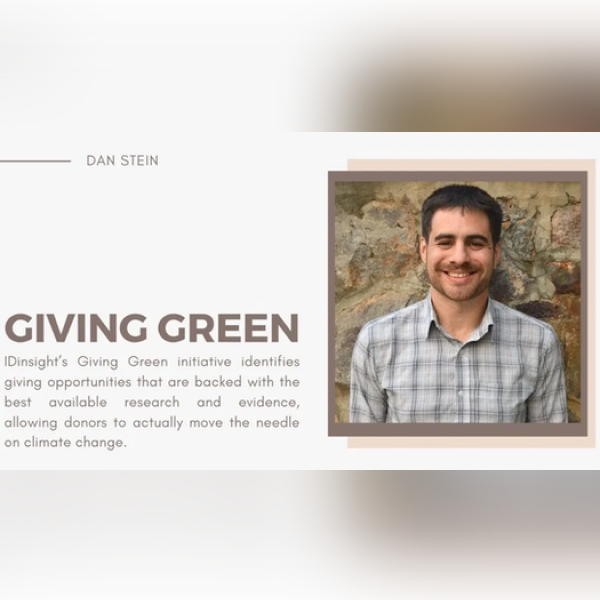







.png)



.png)


.png)












.png)











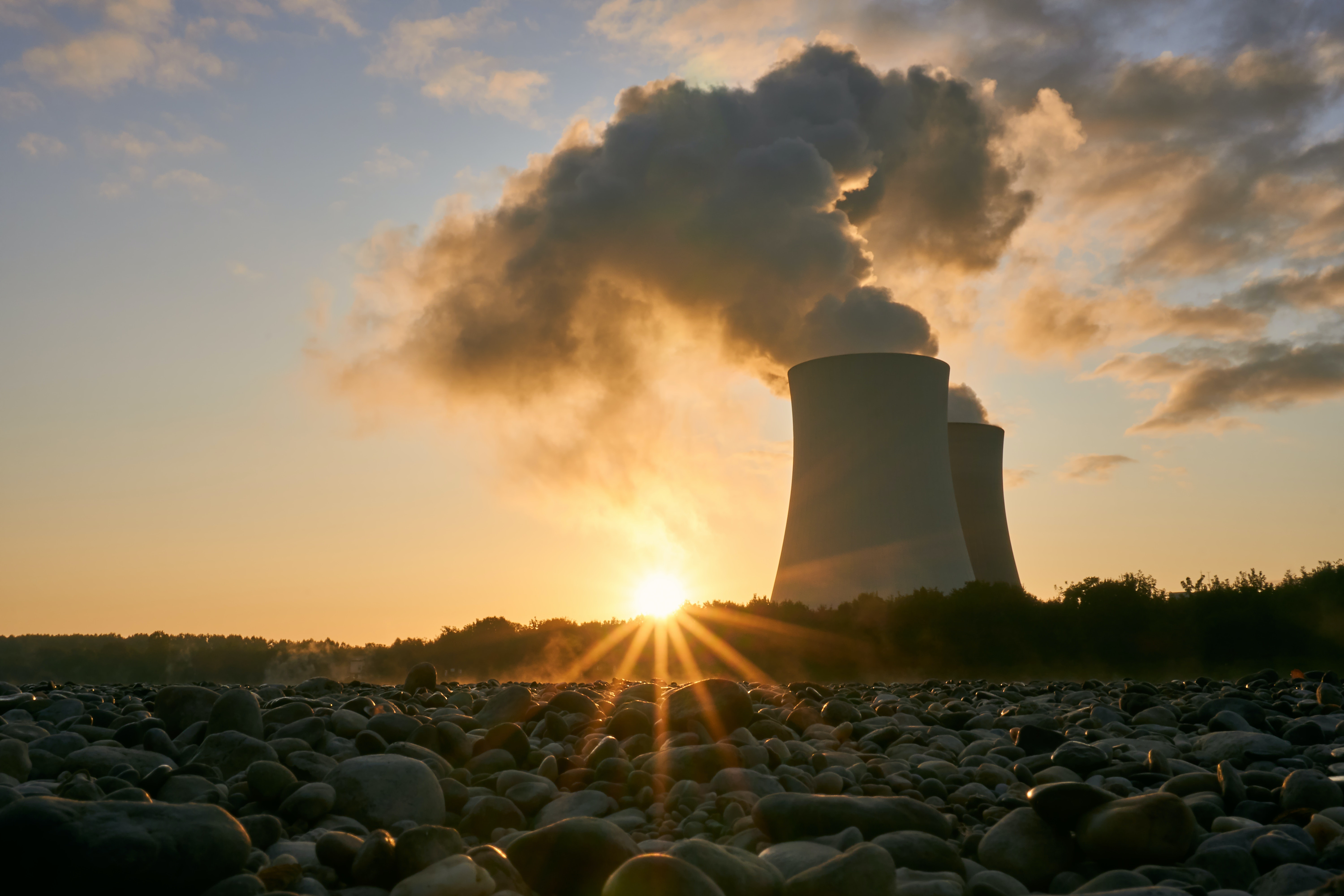
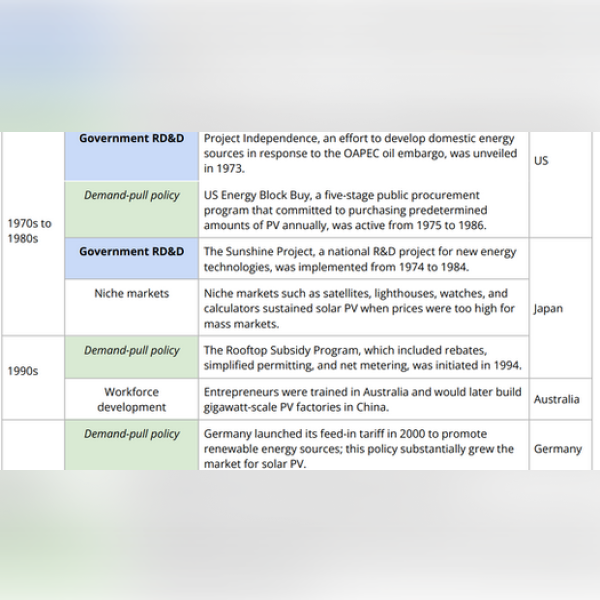
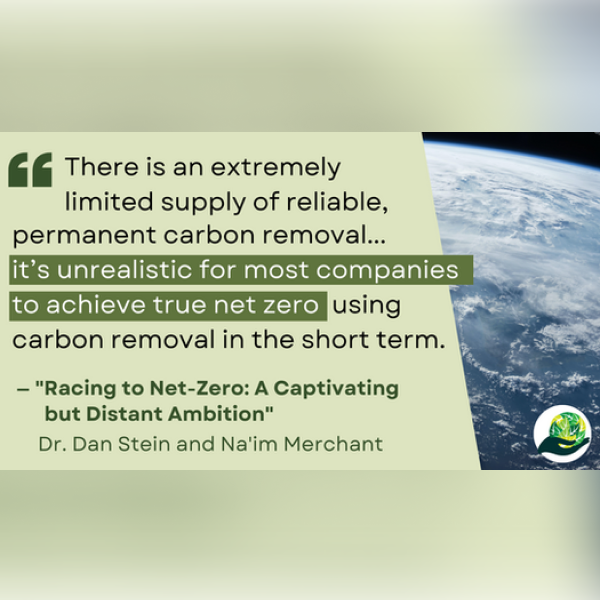




.png)

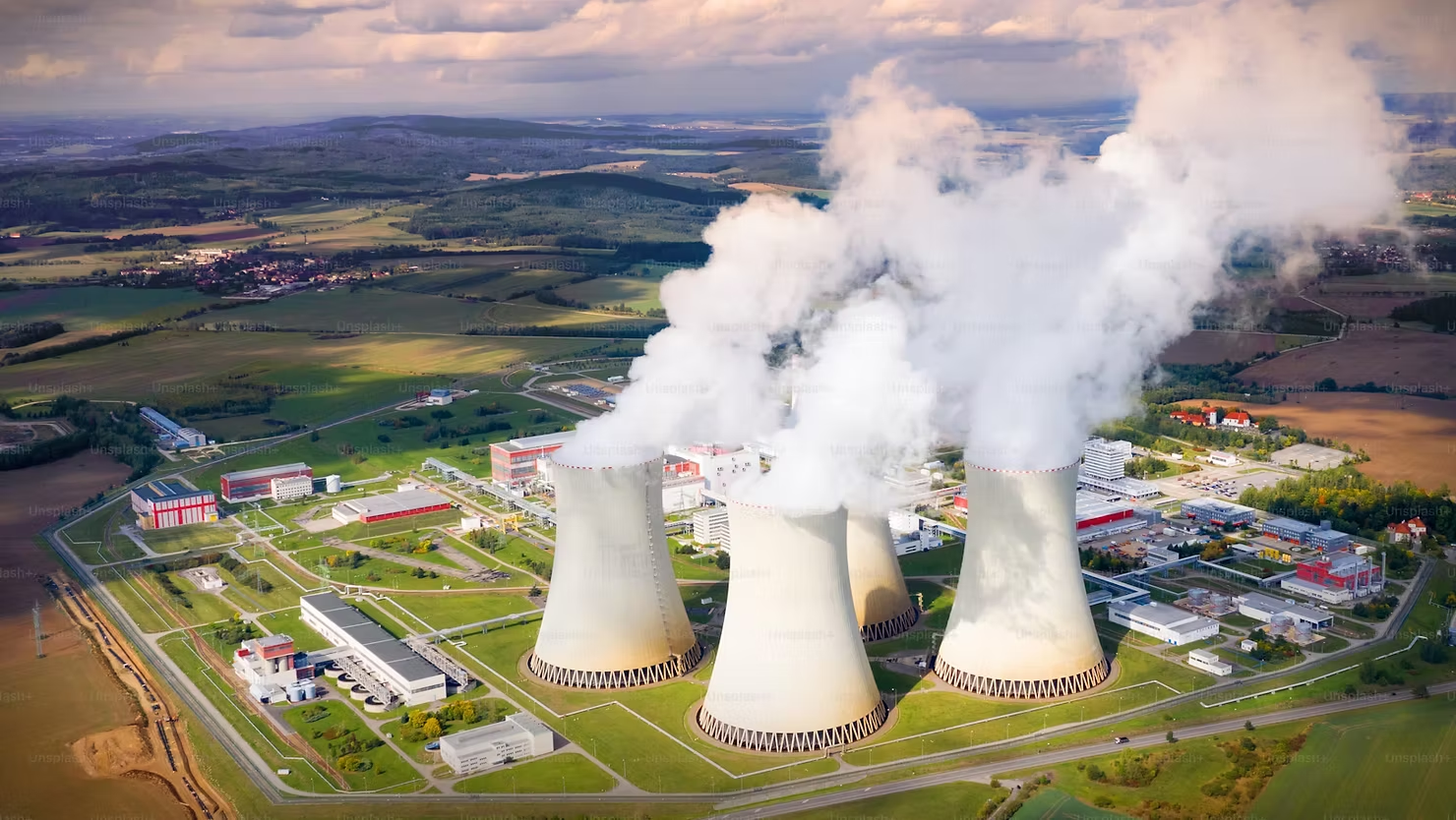
.png)

.png)






